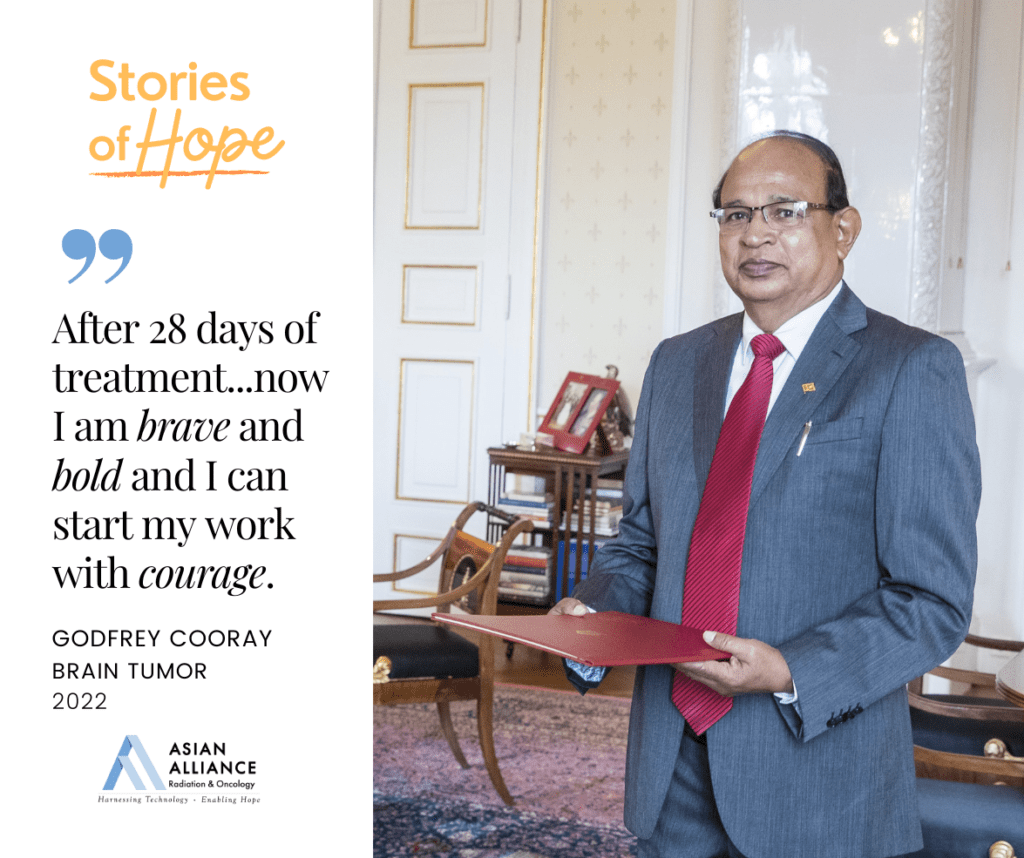As the brain is such a complex organ with many components, there are a large diversity of tumours that can arise in the brain. Tumours in the brain are masses of abnormal cells that grow uncontrollably and proliferate. Tumours can be classified as benign or malignant. Benign tumours do not grow into the tissues around it or spread to different areas of the body, while malignant tumours do. However, benign tumours can grow, compress and damage the brain tissue surrounding it. This can be dangerous as it can impede the body’s function to a fatal degree.
Cancer can also spread to the brain from other sites of origin in the body. These are called secondary (metastatic) brain tumours, or brain metastases. They most often occur in people who have had cancer before. In adults, secondary brain tumours are more common that primary brain tumours.
The prevalence of the different types of brain tumours and cancers also differs between adults and children. Infants have also been diagnosed with brain cancers. Primary brain and spinal cord cancers are the second leading cause of cancer-related deaths in children.
There are over 120 types of brain tumours. Brain tumours and cancers are named after the cells and tissues they originate from. Some examples include:
Gliomas (arising from the supportive cells of the brain), including:
- Astrocytomas
- Oligodendrogliomas
- Ependymomas
- Glioblastoma multiforme
- Meningiomas
- Medulloblastomas
- Pituitary adenomas
- Germ cell tumours
- Central Nervous System Lymphomas
Different types of brain tumours have different outlooks and prognoses, and the treatment plan for each type varies as well. Some can be fast growing (high grade) or slow growing (low grade). The grades of brain tumours range from 1 to 4, grade 4 tumours being the fastest growing.
Brain cancer is uncommon in Singapore. However, the most common are astrocytomas and glioblastoma multiforme.




